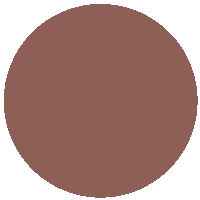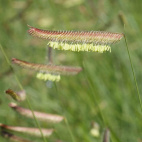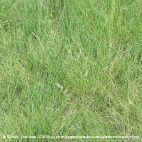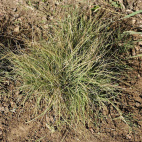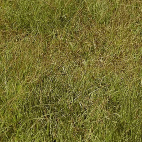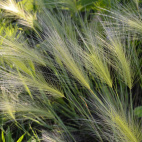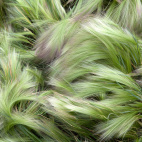Color
Availability
USDA Zone
Region
Type
Duration
Season
Germination
Soil
Sunlight
Height
Narrow Your Search
Color
Availability
USDA Zone
Region
Type
Duration
Season
Germination
Soil
Sunlight
Height
US Native Grass Seeds
The species on this page are not all technically classified as grasses, but the average gardener would probably call them "grass". Here you will find a variety of seeds of native grasses, sedges, reeds, and rushes. You might not think of grass as being as beautiful as flowers, but some of these wild grasses really are beautiful in their own way. Many of the native prairie grasses turn color in autumn, and the rusty bronze color of the stems adds a real fall aura to the planting. Winter birds benefit from the wild grass seeds, and small animals use the thick undergrowth for cover. The biomass of the grass is also the primary source for fuel when a prairie planting undergoes a planned burn.
-
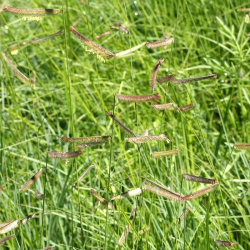 On Sale!
Blue Grama Seeds
Bouteloua gracilis
This native grass is easy to grow and provides the perfect contrast for a wildflower planting. This short bluish-green variety grows in grassy clumps during the warm season of summer, and can even be used for a shaggy no-mow green space.Quick View$3.48 Pkt - $7.65 / Oz
On Sale!
Blue Grama Seeds
Bouteloua gracilis
This native grass is easy to grow and provides the perfect contrast for a wildflower planting. This short bluish-green variety grows in grassy clumps during the warm season of summer, and can even be used for a shaggy no-mow green space.Quick View$3.48 Pkt - $7.65 / Oz -
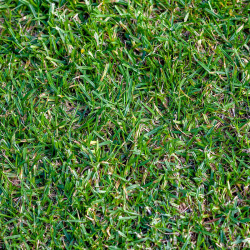 Buffalo Grass Seeds
Buchloe dactyloides
Most native grasses form large clumps, which do not work very well for mowing. Buffalo Grass spreads out more evenly like a turfgrass and is quite popular for those who want a native lawn that is resistant to drought and heat.Quick View$3.48 Pkt - $8.46 / Oz
Buffalo Grass Seeds
Buchloe dactyloides
Most native grasses form large clumps, which do not work very well for mowing. Buffalo Grass spreads out more evenly like a turfgrass and is quite popular for those who want a native lawn that is resistant to drought and heat.Quick View$3.48 Pkt - $8.46 / Oz -
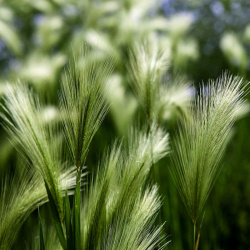 Squirrel Tail Grass Seeds
Hordeum jubatum
It is easy to see how this strikingly beautiful native was named - the seed heads look like little squirrel tails! This small perennial is a cool-season grass and does not grow very tall on the sunny dry soils which it loves.Quick View$3.48 Pkt - $30.00 / Oz
Squirrel Tail Grass Seeds
Hordeum jubatum
It is easy to see how this strikingly beautiful native was named - the seed heads look like little squirrel tails! This small perennial is a cool-season grass and does not grow very tall on the sunny dry soils which it loves.Quick View$3.48 Pkt - $30.00 / Oz
The species on this page are not all technically classified as grasses, but the average gardener would probably call them "grass". Here you will find a variety of seeds of native grasses, sedges, reeds, and rushes. You might not think of grass as being as beautiful as flowers, but some of these wild grasses really are beautiful in their own way. Many of the native prairie grasses turn color in autumn, and the rusty bronze color of the stems adds a real fall aura to the planting. Winter birds benefit from the wild grass seeds, and small animals use the thick undergrowth for cover. The biomass of the grass is also the primary source for fuel when a prairie planting undergoes a planned burn.
